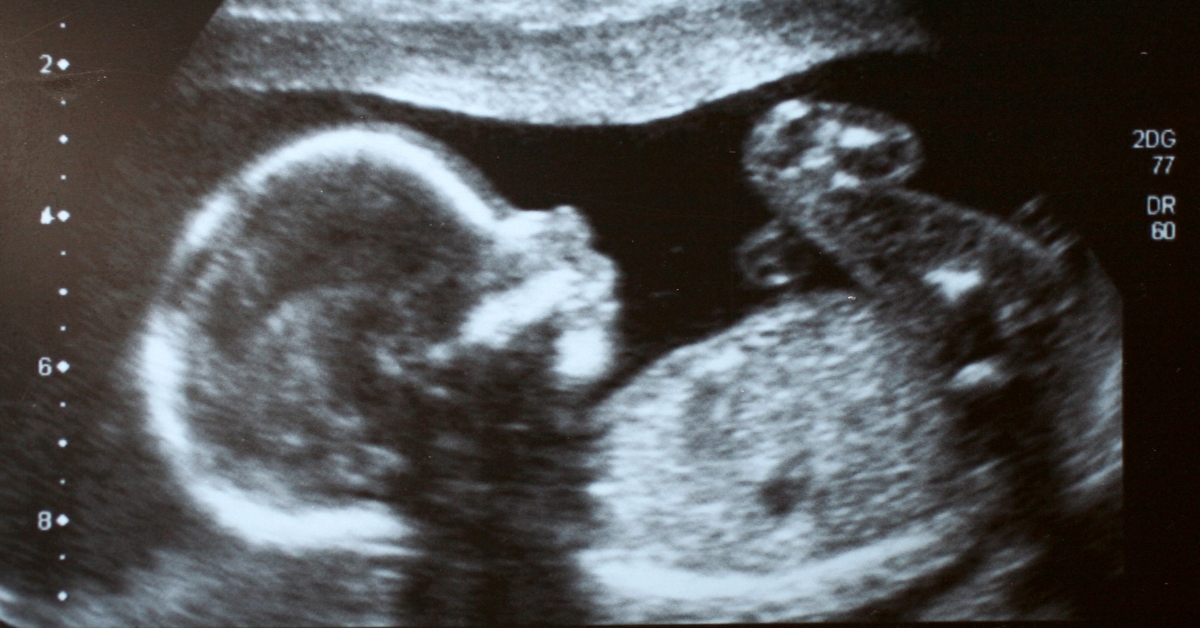
Study Reveals 81% Success Rate for Reversing Abortion Pill and Saving Babies’ Lives
Abortion pill reversal has been a subject of controversy and debate for some time, with critics doubting its effectiveness and safety. However, a new study has provided evidence in support of this method, potentially offering hope to women who wish to change their minds during a chemical abortion.
Chemical abortion typically involves taking two different pills: mifepristone and misoprostol. Mifepristone blocks progesterone receptors in a woman’s body, reducing the receptivity of the uterine lining. Progesterone is essential for maintaining a pregnancy. Misoprostol is then taken to induce uterine contractions, leading to the expulsion of the unborn child.
The concept behind abortion pill reversal is to counteract the effects of mifepristone by administering progesterone, which has been safely and effectively used in at-risk pregnancies for over seven decades. This approach has shown a success rate of 64-68% in saving unborn babies. However, it has faced skepticism and opposition from some in the medical community.
A new study, published in Scientific Reports by Doctors Christina Camilleri and Stephen Sammut, has provided further scientific backing for abortion pill reversal. They conducted their research using a rat model, which is highly relevant for understanding the biochemistry involved, as the interactions of progesterone, its receptor, and mifepristone in rats closely resemble the human situation.
The researchers divided the rats into three groups:
- A control group of pregnant rats that received neither mifepristone nor progesterone.
- Rats given mifepristone without progesterone.
- Rats given both mifepristone and progesterone.
Throughout the gestation period, the researchers closely monitored the rats, tracking variables such as weight changes, blood loss, and fetal heart rate. They also observed the number and condition of gestational sacs and fetuses.
The study yielded promising results, with 81% of the rats that received both mifepristone and progesterone showing saved pregnancies with fully developed living fetuses. These findings provide strong support for the concept of abortion pill reversal and its effectiveness.
It’s important to note that some prior studies, often conducted by abortion advocates, sought to discredit abortion pill reversal. These studies typically had very small sample sizes and encountered significant complications, such as nausea, vomiting, and bleeding, leading some participants to drop out. Furthermore, some participants had to seek emergency hospital treatment due to hemorrhaging, highlighting the dangers of the abortion pill.
Despite mounting evidence of the safety and effectiveness of abortion pill reversal, critics and abortion proponents are likely to continue their opposition to this method. For women who change their minds after initiating a chemical abortion, abortion pill reversal offers a chance to protect the lives of their unborn babies.
This study and its findings should be seen as a tool to provide women with the option to reconsider their decision and receive the support they need to choose life for their children. However, it is expected that the abortion industry and its supporters will fiercely contest any approach that impacts their financial interests.














